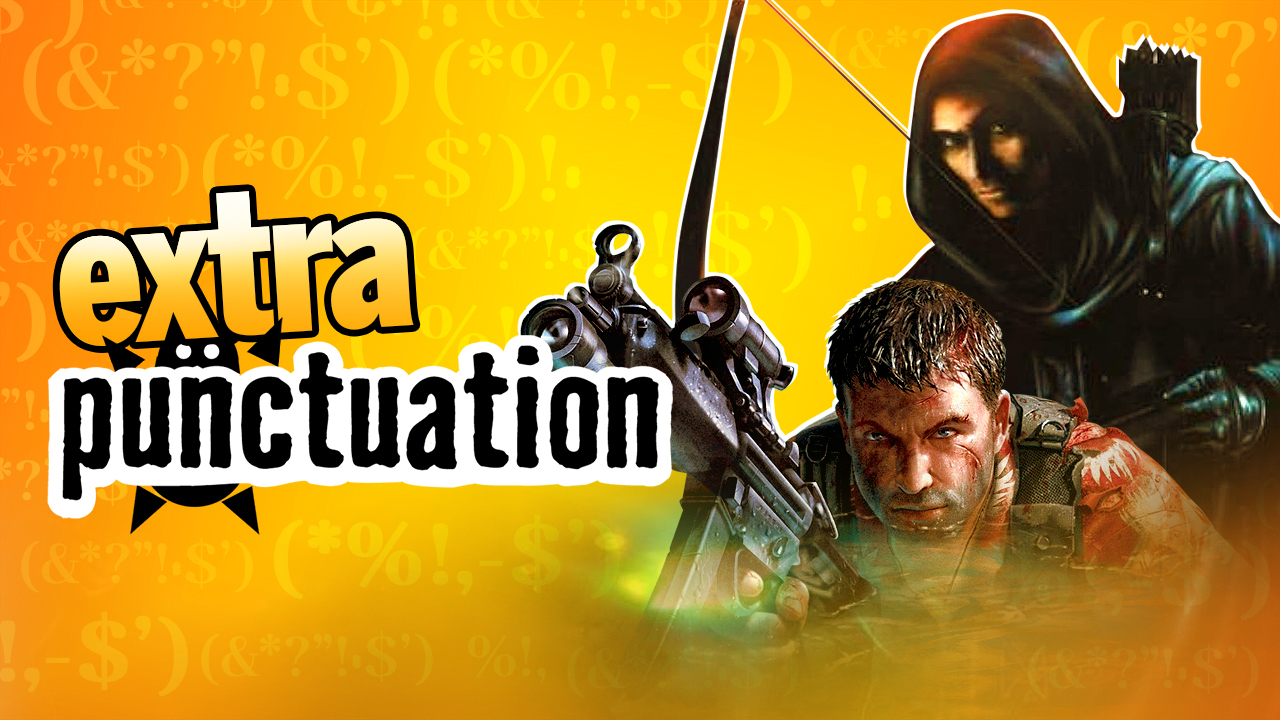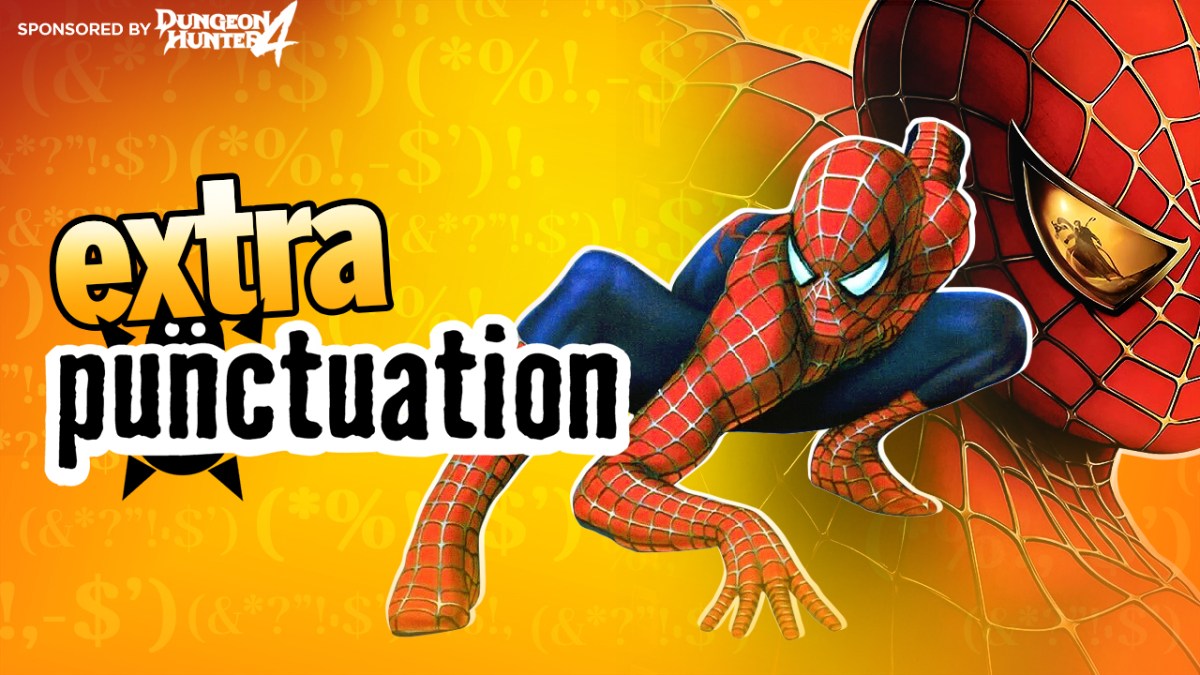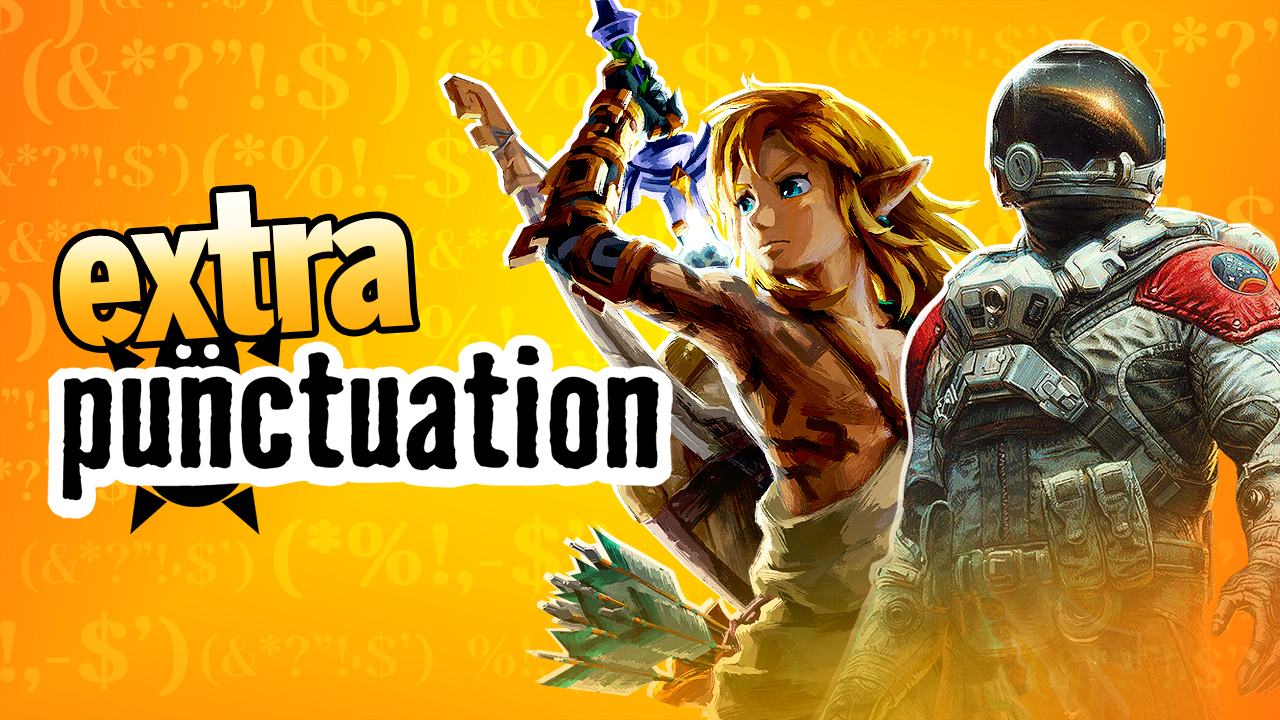
As I said in the Half-Life review, the use of non-intrusive unexplained blink-and-you-miss-it details to tell a story comes with several advantages, most notably giving the player a sense of being caught up in something far bigger than themselves, but what it also does is leave ample room for interpretation, not just for the audience, but for the writer. The story of Half-Life is basically made up as it goes along, but because so much of it is left ambiguous they don’t even need to retcon anything. That’s the beauty of it.
For example, much has been wondered about the nature of the mysterious G-Man, the blue-suited man with odd speech patterns who uses inexplicable powers over time and space to ensure that Gordon Freeman is always in the right place at the right time. But before Half-Life 2, everyone thought that the G-Man was the administrator of Half-Life 1‘s Black Mesa Research Facility. He was wearing an administrator-y suit, there was a Black Mesa logo on his briefcase, and he’s seen bossing around scientists at a point in the game when scientists keep complaining about being bossed around by the administration. I remember quite a lot of fanworks that made the G-Man = administrator assumption, including fanmade single player missions and the Walter Bennett/Cutter Bolt fictional columns that Planet Half-Life published waaaay back in the day.
But Valve threw us a bit of a curveball at the start of Half-Life 2 when it casually revealed that the hitherto unmentioned Dr. Breen had been the administrator and the G-Man was some independent figure manipulating events from behind the scenes, briefcase logo be damned. One could argue that this was intended in Half-Life 1 since the name “G-Man” implies that he works for the government rather than the facility. He even has a line of dialogue at the end that might confirm this: “I took the liberty of relieving you of your weapons; most of them were government property”.
But by Half-Life 2 there is no government, and it’s implied that he instead represents some race of cosmic bureaucrats who are either manipulating or profiteering from the interdimensional conflict on some unimaginable level. All well and good, but what was with that taking my weapons away business, then, you asshole? Were you just being conscientious?
This is one of the reasons why Half-Life comes across as being made up as it goes along. Half-Life 2 throws so much at you that the original game didn’t hint at in the slightest – the Combine, Dr. Breen, global occupation, a gun that lets you shoot chairs at people – that one could reasonably imagine that it was an entirely new project with references to Half-Life 1 thrown in for marketability.
It always struck me as odd that the major players in the human resistance all happened, by extraordinary coincidence, to have worked at Black Mesa Research Facility. But the point is, that’s not even a plot hole, because everything’s so ambiguous. There are ways to explain it: maybe the Black Mesa Incident now carries a mythic quality that affords its former employees a legendary status. Maybe the BMRF was used as a staging point for the Combine invasion and was the only organization to survive after the rest of the world was laid to waste. All it would take would be one line of dialogue to confirm this and bam, no plot holes here. But the more that’s left unexplained the more room there is to move around and work in new, interesting ideas.

Even by the end of Half-Life 2: Episode 2 things are still being made up and left open, such as when Portal‘s Aperture Science is brought up as a major plot point. That struck me as odd, too. You want to tie two game universes together when one is infinitely more comedic and outlandish in tone? I’m not saying it can’t work, but it was symptomatic of a writer or writers pulling things, to coin a phrase, from a butt.
As you might have gathered, I’ve put altogether too much thought into the plot of Half-Life over the years. But don’t get me wrong – making it up as you go isn’t an inherently bad approach. Well, it is when established facts start contradicting each other, but that’s the inherent risk of establishing facts, they’re mealy-mouthed little buggers and they aren’t an ounce as interesting to an audience as a big fat question mark where a fact should be.
I don’t think I’ve ever done a long form story thing that I had totally planned out right from the beginning. I tried doing that with a novel once and I lost interest after about two pages. It’s fun to be surprised by your own characters, and to find new avenues you never noticed before. Look at that adventure game series I made. I started with 5 Days A Stranger, a basic story about a bunch of strangers trapped together by a ghost murderer. But when I played Eternal Darkness and decided I wanted to rip it off, I took a few loose ends from the first game and strung them into a larger story with Trilby’s Notes. If you’re doing a long-form project you should use it as a testing ground for ideas that interest you, the moment you start continuing it out of some sense of resigned obligation is the moment you make samey garbage that bores the audience as much as it bores you.
I know I come across as a big frothing Valve fanboy sometimes, but it’s not just because they paid for me to go on holiday once – it’s because they’re virtually unique in having the right approach to creativity in an increasingly artistically bankrupt industry: they work on what’s interesting to them, what they can get passionate about, and the result is consistent high quality. I honestly can’t blame them for wanting to explore new territories with Portal, Team Fortress 2, Left 4 Dead and all that, but if they ever do produce a Half-Life 3, at least we know there’s still plenty of room to keep diligently making it up as they go.
You know, I almost don’t even care about Half-Life 3 anymore, because it can only remove some of the ambiguity that makes the series interesting. But that’s a very, very big “almost”. With fireworks bursting out of every letter except the S, which is actually a big snake.
Yahtzee is a British-born, currently Australian-based writer and gamer with a sweet hat and a chip on his shoulder. When he isn’t talking very fast into a headset mic he also designs freeware adventure games. His personal site is www.fullyramblomatic.com.




Published: Aug 14, 2012 04:00 pm